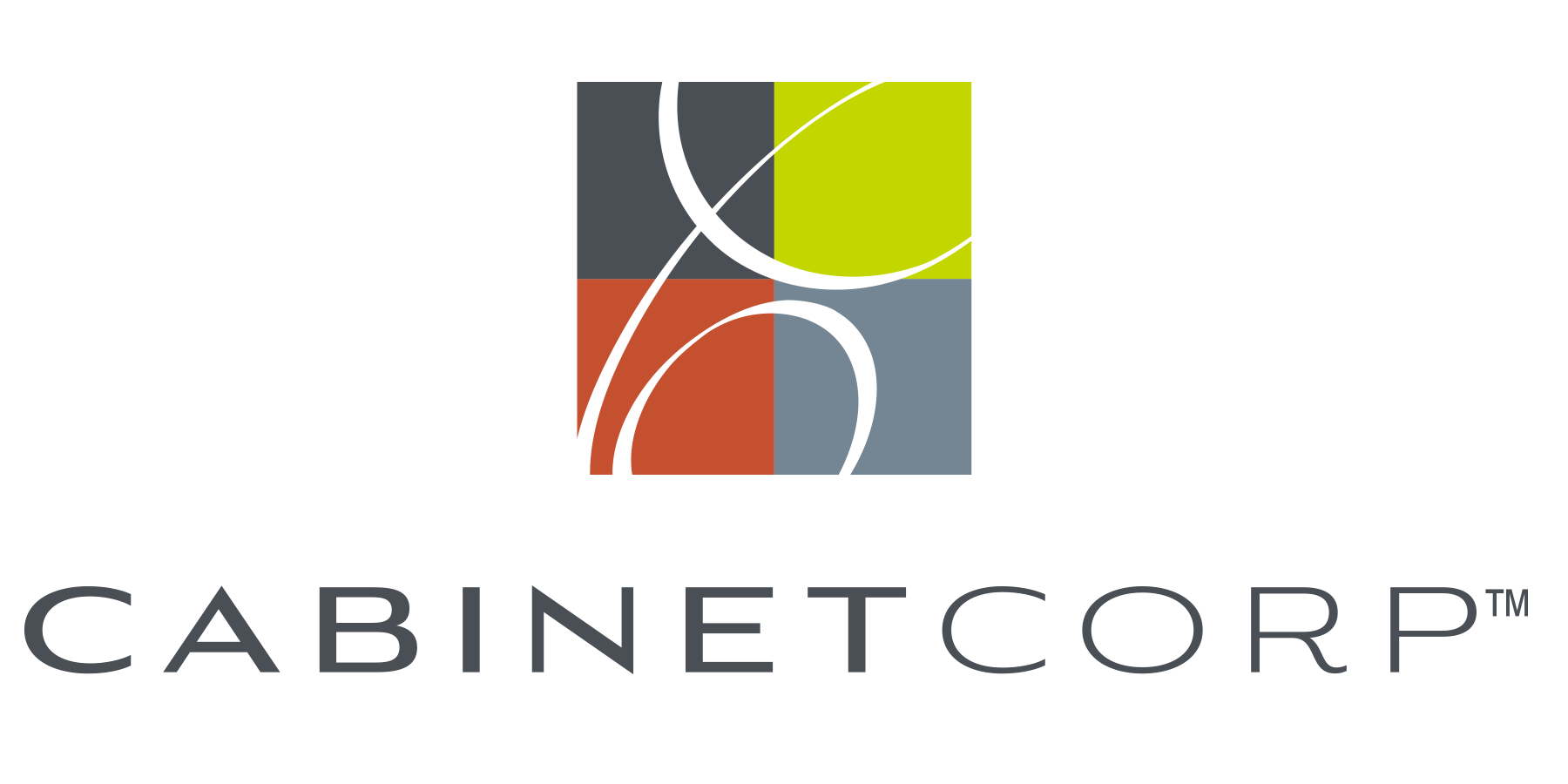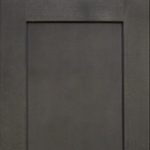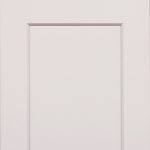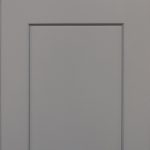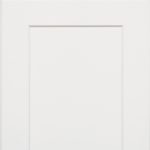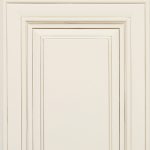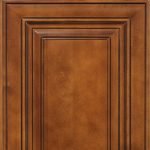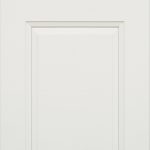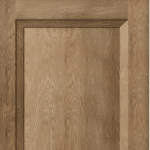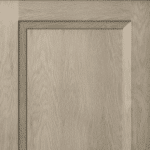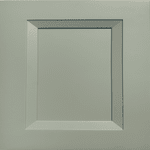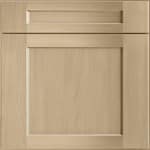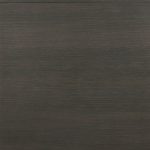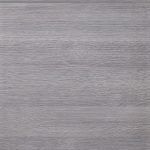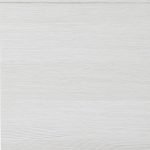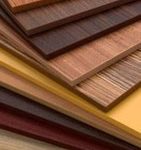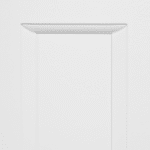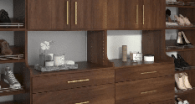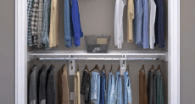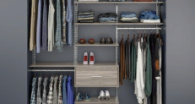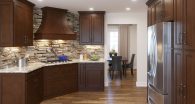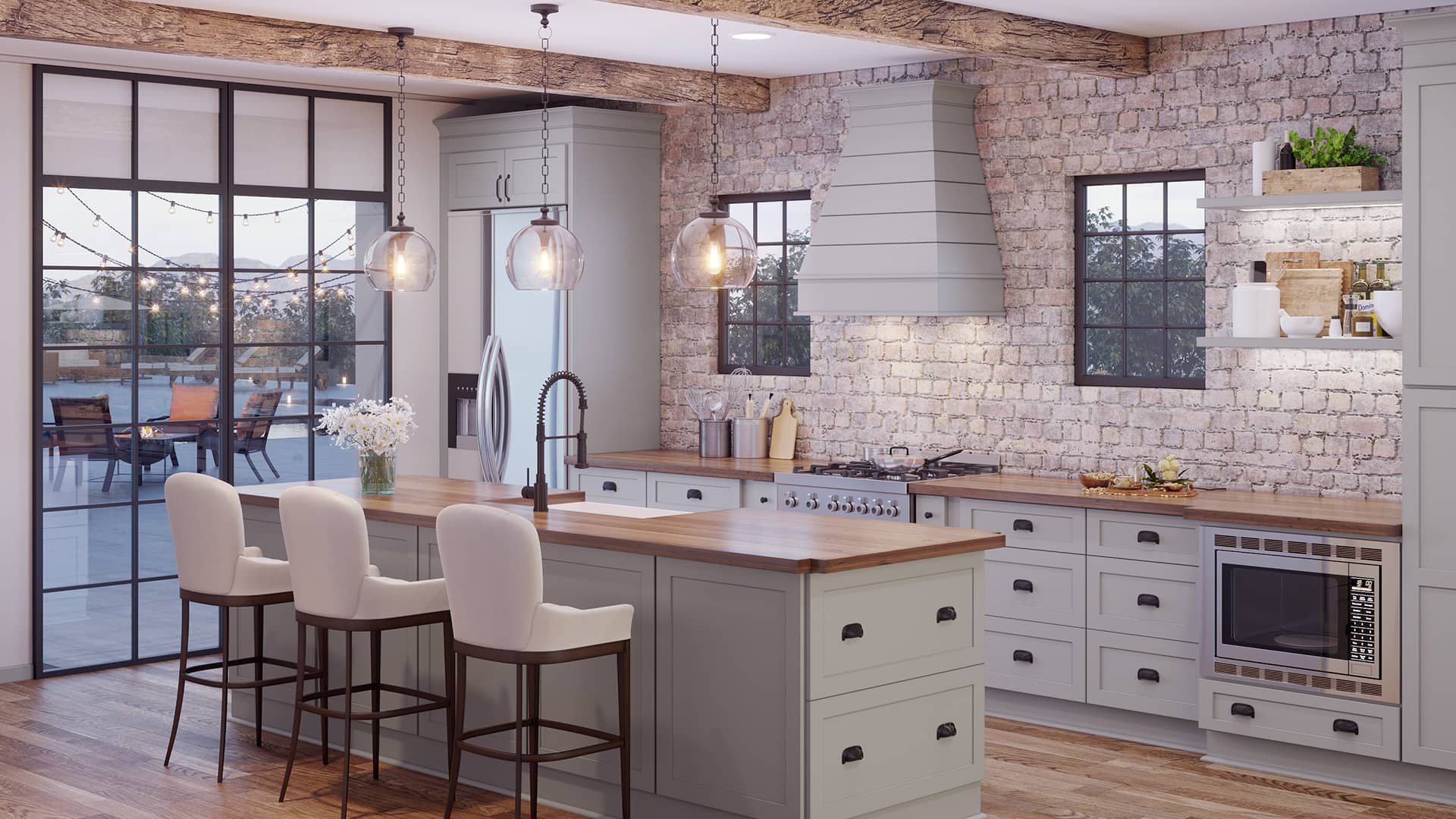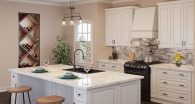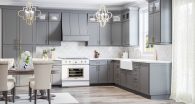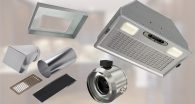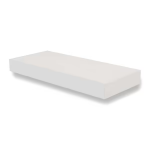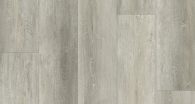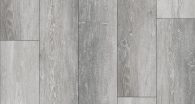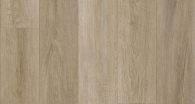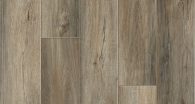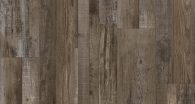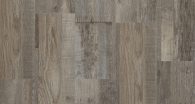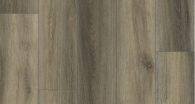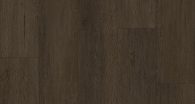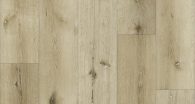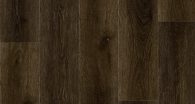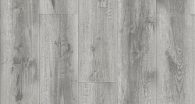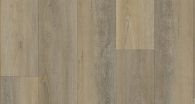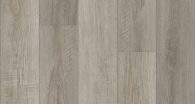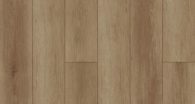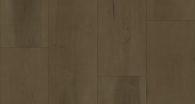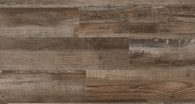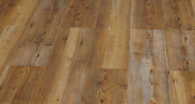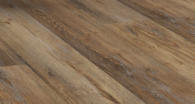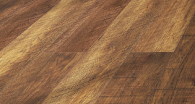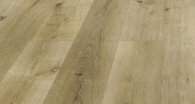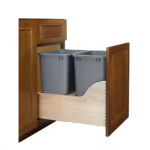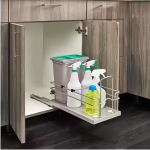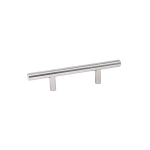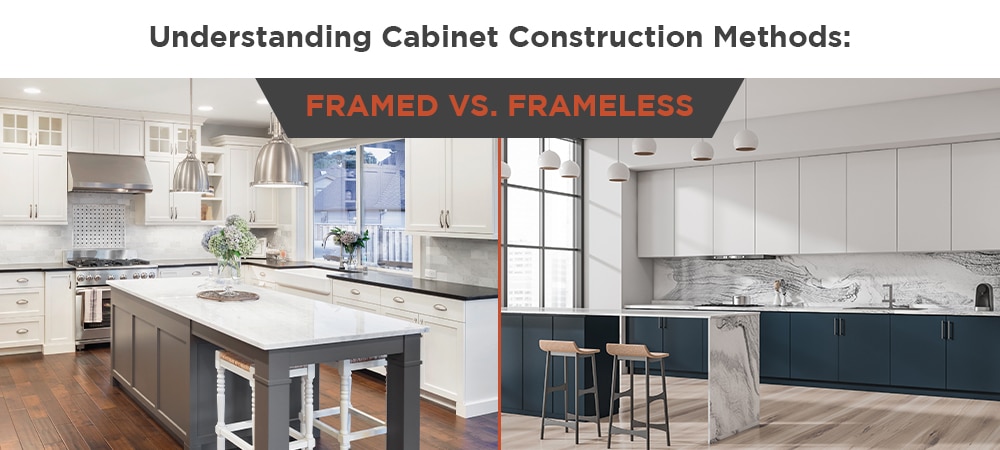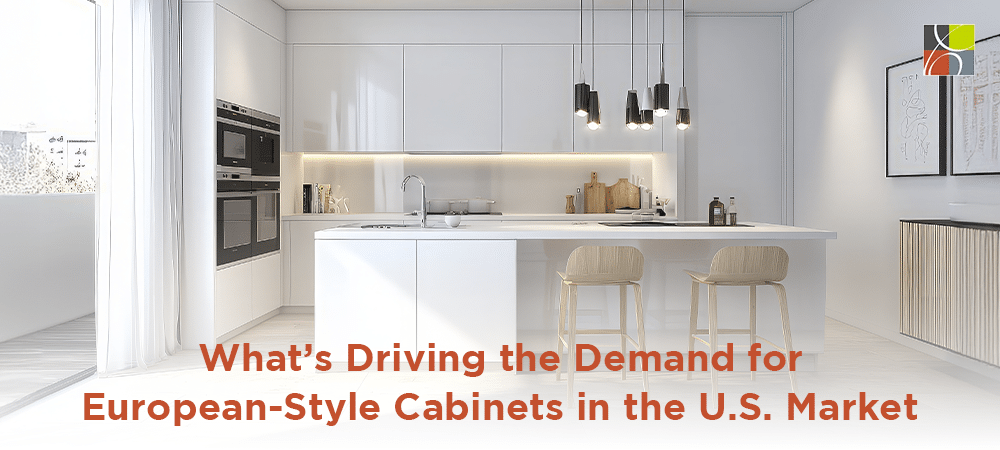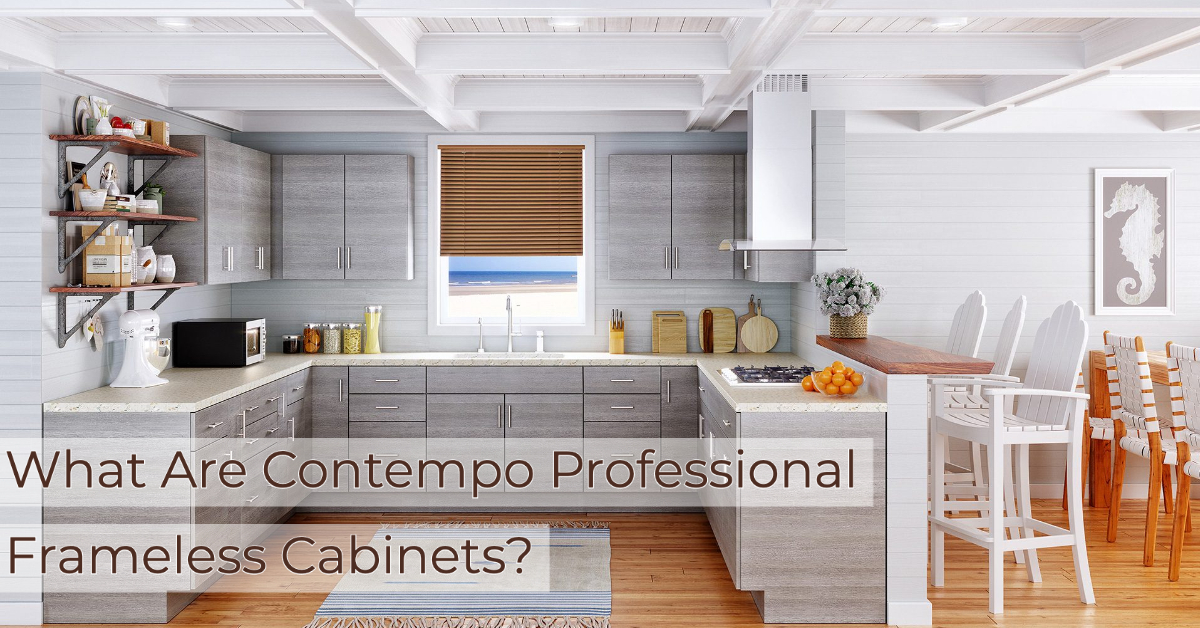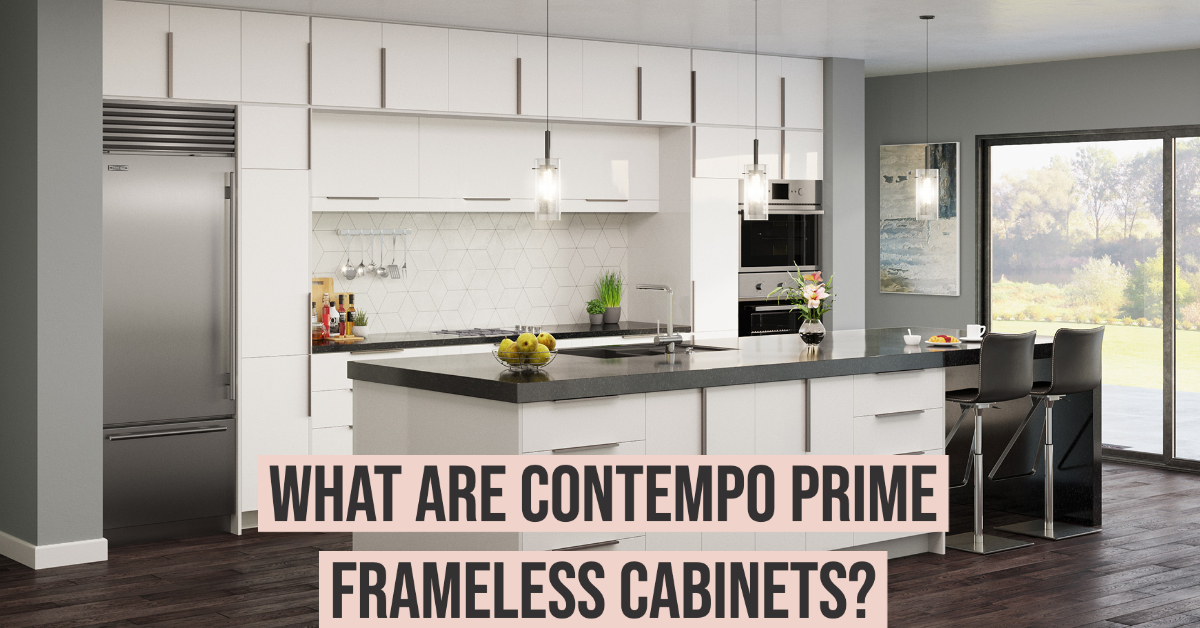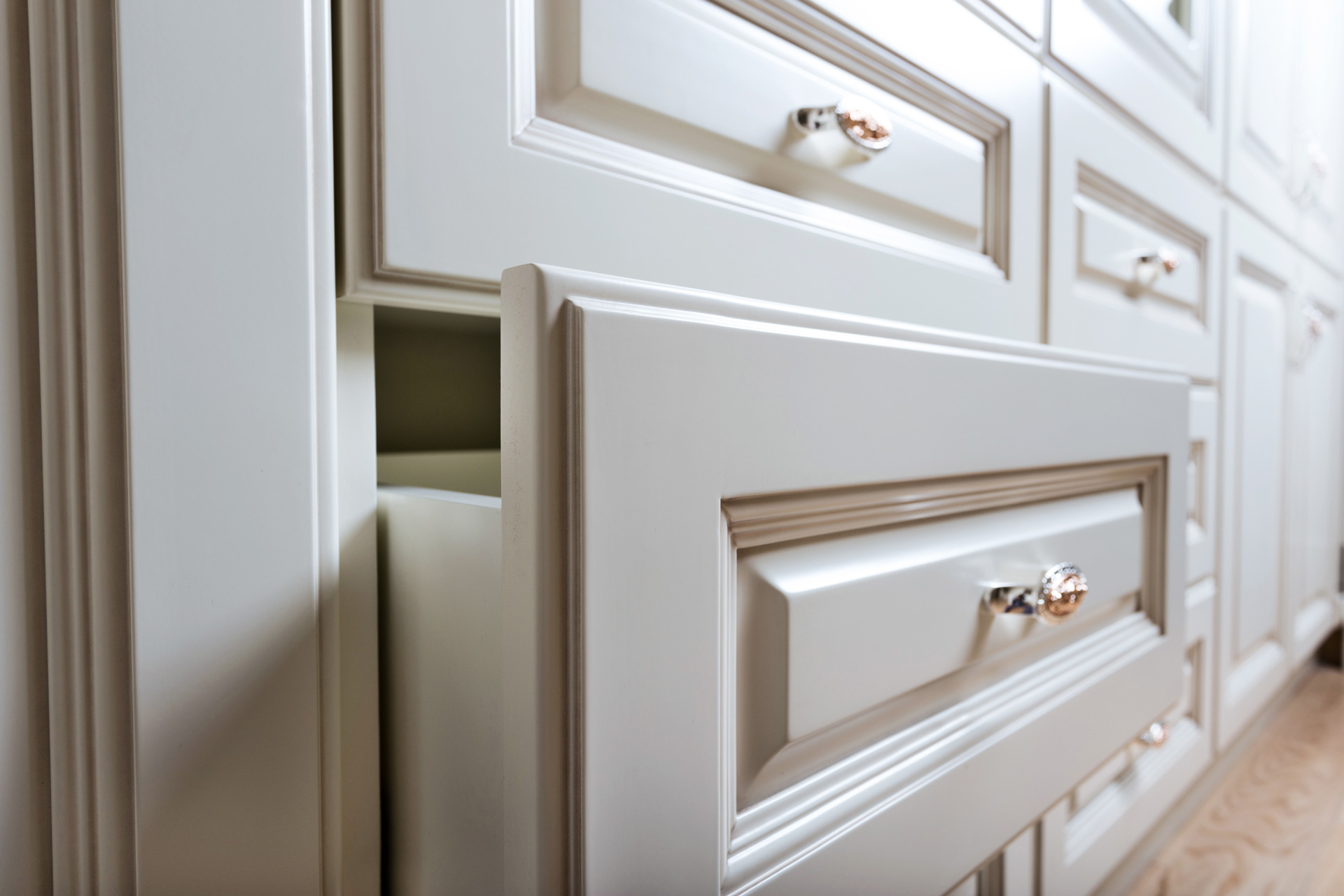Understanding the differences between framed and frameless cabinet construction methods is essential for providing informed recommendations and ensuring client satisfaction. Both methods offer distinct benefits that cater to different design preferences, storage needs, and budgets. Let’s explore the main differences so you can make the best choices for your clients’ projects!
What Are Framed Cabinets?
Framed cabinets, also referred to as, traditional, or overlay cabinets, have a wood or MDF frame surrounding the cabinet box. The frame wraps around the cabinet’s front edges, providing stability and securing the doors.
Key Characteristics of Framed Cabinets:
- Structure & Stability: The cabinet frame adds sturdiness and keeps the cabinet box aligned, offering long-term stability.
- Door Overlay: Doors typically overlay the frame, creating a classic look.
- Cost-Effective: Framed cabinets are generally more budget-friendly because of their straightforward construction and less hardware.
- Aesthetic: Ideal for traditional and transitional designs, maintaining a timeless, familiar look.
What Are Frameless Cabinets?
Frameless cabinets, also commonly referred to as “European”, do not feature a frame around the cabinet box. Instead, doors mount directly onto the cabinet box, providing a clean, seamless appearance.
Frameless Cabinet Features:
- Design & Storage Space: Frameless cabinets provide 10-15% more usable interior storage space because they do not have a frame.
- Door Mounting: Doors attach directly to the cabinet box, creating a sleek, flush surface.
- Higher Cost: Frameless cabinets typically come at a premium because of the more complex assembly and hardware required.
- Aesthetic: Popular in contemporary designs, offering a fresh, minimalist look.
Cost Comparison
Understanding the cost differences between framed and frameless cabinets is key to providing budget-conscious solutions for your clients. Framed cabinets offer a cost advantage, typically $1,000 less than frameless cabinets since they have more straightforward construction. While more expensive, frameless cabinets offer more storage space and a contemporary design, making them a popular choice.
Market Share & Popularity
Frameless cabinets have gained significant traction recently, particularly in modern and contemporary kitchen designs. They now account for about 40-45% of the market share. Framed cabinets, on the other hand, continue to dominate. Because of their traditional appeal and lower cost, these cabinets comprise approximately 55-60% of installations.
Which Cabinet Construction is Right for Your Clients?
Knowing the benefits of each cabinet construction method allows you to guide your clients based on their needs, style, and budget. Framed cabinets are perfect for clients looking for a timeless, classic design at a lower cost. They are ideal for traditional and transitional kitchen styles.
Frameless cabinets are better suited for clients seeking a streamlined, clean look with extra storage space. Knowing these differences will help you better guide your clients and provide solutions that meet their needs. Contact CabinetCorp today for more information or to explore high-quality cabinetry options.
Durability and Strength
Framed cabinets, with their robust construction, offer a reassuring level of durability. The wooden or MDF frame provides substantial structural integrity, ensuring these cabinets stand the test of time. This makes framed cabinets a secure choice for high-traffic areas.
They are more resistant to wear and tear compared to frameless cabinets. The frame’s role in maintaining the cabinet box’s alignment further enhances the overall strength of the cabinet system.
On the other hand, frameless cabinets rely on the cabinet box itself for stability. The lack of a frame means there’s less material to reinforce the cabinet structure. Frameless cabinets are more substantial now because of modern manufacturing. However, they may not be as sturdy as framed cabinets.
Framed cabinets are often the preferred option for clients who prioritize long-term durability. The frame provides additional rigidity, making the cabinets less prone to expansion, bowing, or other structural issues.
Installation Complexity
Because of their simple design, framed cabinets are more straightforward and quicker to install. The frame creates a standardized layout, ensuring the installation process is more uniform. Additionally, the door overlay creates a clear, defined area for the doors, making installation more intuitive for professionals.
Frameless cabinets, however, require more precision and specialized techniques for installation. Without a frame, the alignment of the cabinet box and doors becomes more critical.
Professional installers mount the doors directly onto the cabinet box, ensuring a flush, seamless look.
Framed cabinets can be quicker and more affordable to install, making them ideal for larger projects or renovations. Frameless cabinets, while providing a modern look, may require more time and expertise.
Customization & Hardware Options
One key advantage of framed cabinets is the variety of custom options available. The frame allows inset doors, creating a more refined, classic aesthetic. Pros mount inset doors within the frame, offering detailed craftsmanship that enhances traditional and transitional design styles.
Framed cabinets typically offer a wide range of door styles, finishes, and hardware options, allowing for more design flexibility. Frameless cabinets focus on minimalism and clean lines, often limiting the number of hardware options. The flush-mount doors reduce the need for visible hardware, leading to a streamlined appearance. However, this limits choices in decorative hardware, which may be a downside for clients wanting more detailed designs.
Framed cabinets offer more options to match specific design preferences, whether in style, finish, or hardware. Frameless cabinets are ideal for those seeking a sleek, minimalist design with minimal hardware.
Aesthetic Versatility
Framed cabinets are ideal for traditional and transitional designs. They feature raised panel doors, decorative hardware, and classic finishes. This contributes to a warm, inviting atmosphere often preferred in traditional kitchens or living spaces. The framed construction emphasizes the “frame-and-panel” design, which resonates well with those seeking a timeless, familiar aesthetic.
Frameless cabinets, however, are a canvas for modern design. Their flush-mounted doors and minimal hardware give a sleek, clean look. This modern look encourages designers to create stylish, innovative interiors.
Framed cabinets may be ideal for clients who prefer a more traditional or transitional style. Conversely, frameless cabinets are likely a better fit for those drawn to contemporary design trends.
Resale Value and Long-Term Investment
Aesthetics and functionality matter, but resale value is essential when advising clients on cabinet construction. Framed cabinets add perceived value that attracts potential buyers. Homebuyers often value framed cabinets’ durability and traditional look, making them a safer choice.
Frameless cabinets are increasingly popular in contemporary homes. With their modern and sleek design, they might appeal more to a niche group of buyers who prefer minimalism. Although they may not appeal to everyone, they can add significant value to contemporary homes.
Ultimately, the decision between framed and frameless cabinets should align with the preferences of both current and potential homeowners. Framed cabinets have higher resale value because of their versatility and classic look. Conversely, frameless cabinets appeal to buyers seeking modern, sleek designs.
Final Thoughts
Understanding framed and frameless cabinet construction helps provide solutions that fit client preferences. Framed cabinets are ideal for clients who prioritize durability, traditional aesthetics, and more customization options. They are cost-effective and suit traditional and transitional kitchen designs.
Frameless cabinets offer a clean, modern look, more storage, and a higher price point. Both cabinet construction methods have their benefits. However, it is key to consider each client’s style, storage needs, and budget before making a recommendation.
By highlighting these differences, you can help clients choose the cabinet solution that best fits their needs. For more information and guidance on high-quality cabinetry options, contact CabinetCorp today.


